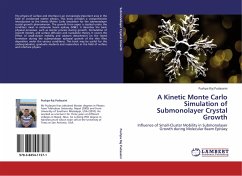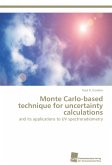In this work the magnetic Barkhausen noise is studied by two simple 1D models. The first is a spring-block type model which is based on a mechanical analogy and its aim is to explain the basic features of domain-wall dynamics and magnetization processes in ferromagnetic materials. Despite its simplicity the spring-block model yields the realistic shape of hysteresis loops with Barkhausen jumps, it is able to reproduce the interesting phenomenon of disorder-induced phase transition, as well as the good statistics of Barkhausen noise. The second model is a spin Hamiltonian model, which is also a simplified 1D model defined by a Hamiltonian which contains all the interactions that are relevant in real ferromagnets: Ising-type exchange, pinning, interaction with the external field, demagnetization. The model is able to reproduce all the expected statistical properties of Barkhausen noise. In addition, there is a possibility to study the stochastic resonance in this model because it is suitable for Monte Carlo simulations.








